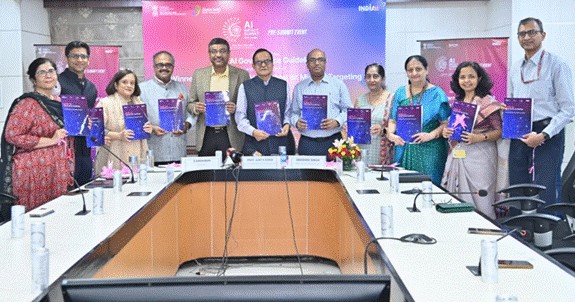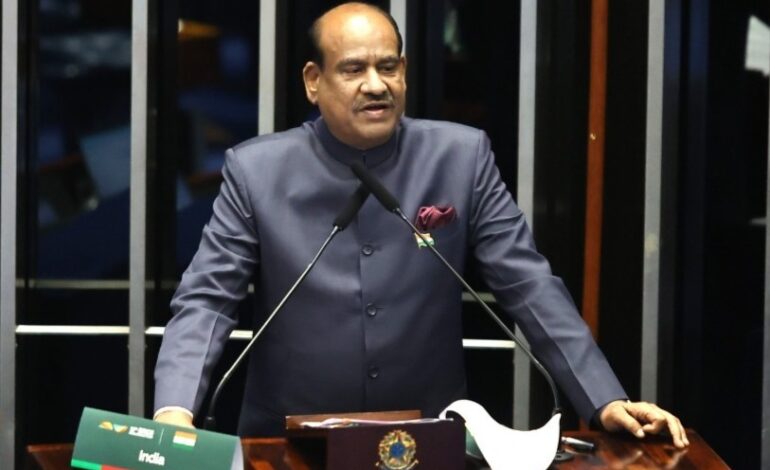Winter Schedule 2025: Domestic Air Traffic Rises 5.95%, Four New Airports Added

The schedule, finalized after the September slot conference and subsequent approvals from airport operators, includes 26,495 departures per week across 126 airports, compared to 25,610 departures from 129 airports in the Summer Schedule 2025 (SS25).
New Delhi, October 25: India’s domestic aviation sector is set for a 5.95 percent increase in weekly flight departures under the Winter Schedule 2025 (WS25), effective from October 26, 2025, to March 28, 2026, according to the Ministry of Civil Aviation.
The schedule, finalized after the September slot conference and subsequent approvals from airport operators, includes 26,495 departures per week across 126 airports, compared to 25,610 departures from 129 airports in the Summer Schedule 2025 (SS25).
New and Suspended Operations
Four new airports — Amravati, Hissar, Purnia, and Rupsi — have been added to the network, expanding connectivity in tier-2 and tier-3 regions. However, operations have been suspended from Aligarh, Moradabad, Chitrakoot, Bhavnagar, Ludhiana, Pakyong, and Shravasti airports for the season.
Airline-Wise Departures
The top contributors to weekly departures include IndiGo (15,014), Air India (4,277), and AI Express (3,171), together accounting for nearly 83% of total domestic capacity. Other notable carriers are SpiceJet (1,568), Akasa Air (1,027), Star Air (538), and Fly91 (196).
Among emerging players, Fly91 recorded the highest growth at 59.35% compared to the summer schedule, followed by SpiceJet (26.45%) and Star Air (6.53%), reflecting renewed momentum in regional operations.
Year-on-Year Growth
Compared to the Winter Schedule 2024, total weekly departures have increased from 25,007 to 26,495, marking a 5.95% year-on-year rise. The strongest annual growth was recorded by Fly91 (60.66%), Star Air (49.44%), and SpiceJet (20.89%). Meanwhile, Air India + Vistara registered a decline of 10.5% as the airlines continue their merger transition.
Expanding Connectivity
The inclusion of new airports under WS25 aligns with the government’s goal of broadening regional connectivity through initiatives like UDAN (Ude Desh ka Aam Nagrik). The ministry said the finalized schedule reflects India’s growing aviation network, driven by expanding airline capacity and emerging passenger demand in non-metro sectors.








